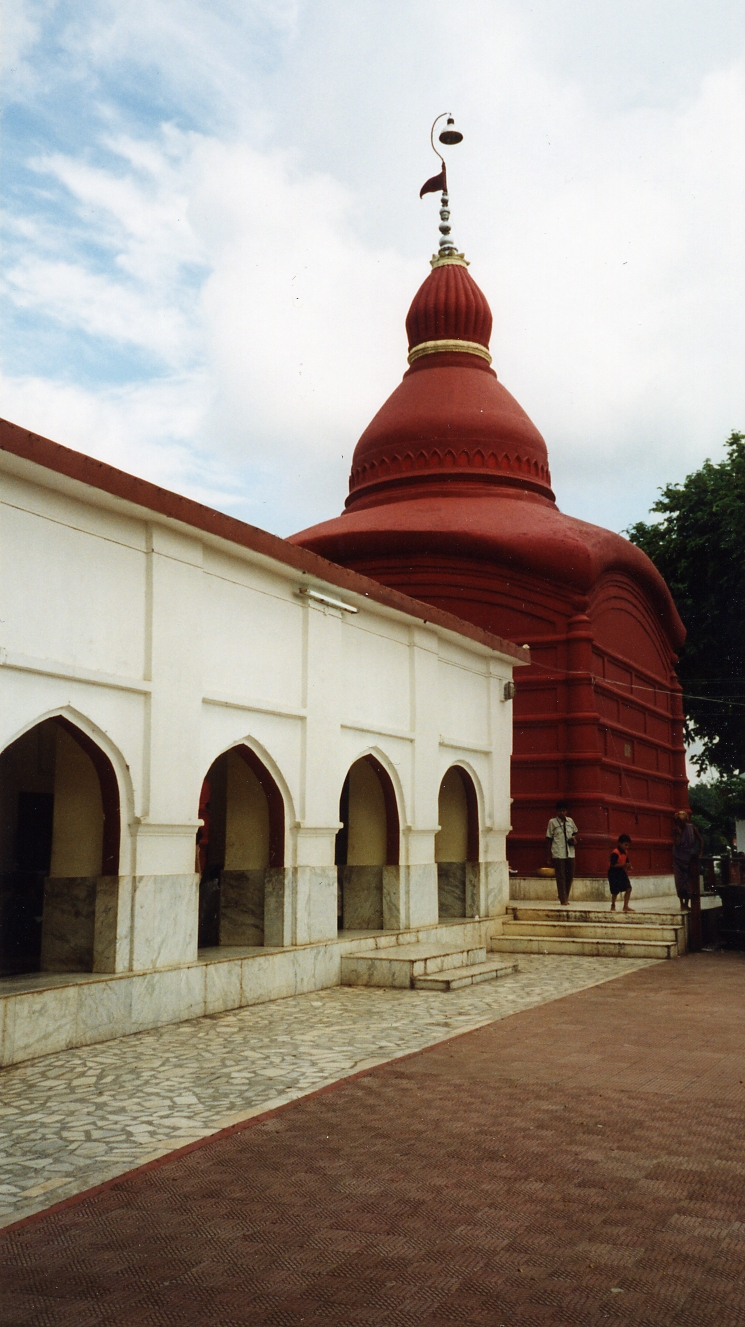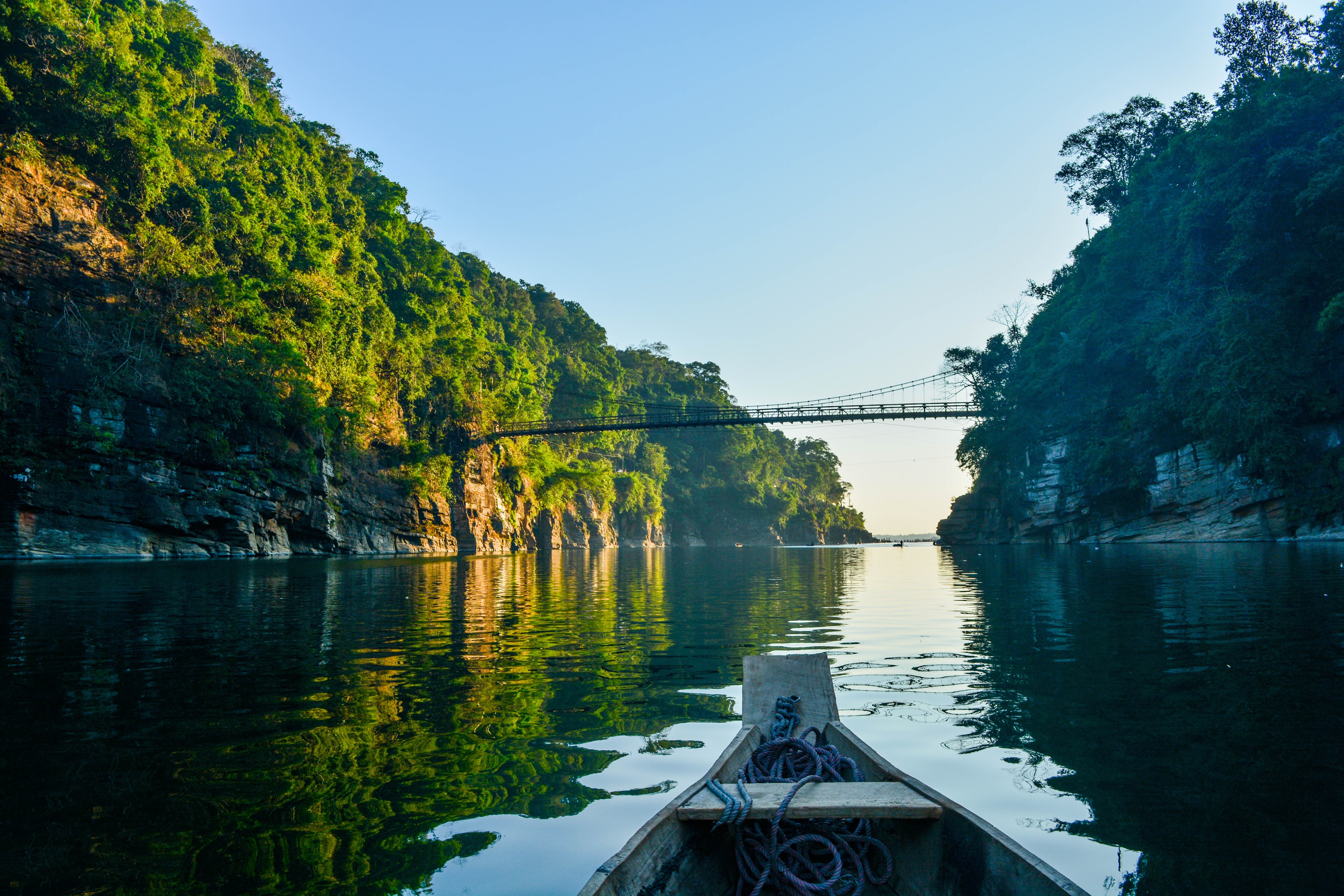The Rowa Wildlife Sanctuary represents a remarkable testament to community-driven conservation in North Tripura, embodying the intricate relationship between local ecosystems and human stewardship. Located in the North Tripura district, this compact yet ecologically vibrant protected area emerged from an unclassified government forest, transformed through collaborative efforts of local Khasi tribal families and forest authorities.
Established in 1988 under the Wildlife Protection Act of 1972, the sanctuary encompasses approximately 0.43 square kilometers of diverse forest landscapes, including deciduous, semi-evergreen, and mixed moist secondary forests interspersed with bamboo brakes. Its botanical composition features remarkable species like Microcos paniculata, Senna siamea, and Macaranga denticulata, creating a complex habitat supporting an impressive array of wildlife.
The sanctuary's fauna is particularly noteworthy, hosting diverse mammalian species including barking deer, wild boars, pig-tailed macaques, crab-eating mongooses, and Indian porcupines. Reptilian inhabitants like the Indian rock python further enhance its ecological significance. Moreover, the area serves as a critical refuge for numerous bird species, with migratory waterfowl finding sanctuary in its carefully developed water reservoirs.
Local community involvement has been instrumental in the sanctuary's preservation and management. The Khasi tribal families, who historically protected this forest for pan cultivation, have played a pivotal role in maintaining its ecological integrity. Their traditional knowledge and conservation practices have created a sustainable model of environmental protection that balances human needs with wildlife preservation.
Situated near Panisagar, the sanctuary faces significant anthropogenic pressures typical of areas proximate to urban centers. Despite these challenges, it remains a critical site for biodiversity conservation, research, and environmental education. Researchers and wildlife conservationists frequently utilize the sanctuary for studies involving camera trapping and ecological surveys, contributing to broader understanding of North Tripura's natural heritage.
The sanctuary's location and ecological characteristics make it an invaluable resource for understanding regional biodiversity. Its mixed forest typologies and varied terrain provide unique opportunities for studying complex ecological interactions, medicinal plant diversity, and wildlife adaptation strategies. The presence of multiple forest types within a compact area offers researchers and naturalists a microcosm of North Tripura's rich environmental landscape.
While relatively small, Rowa Wildlife Sanctuary exemplifies how targeted conservation efforts, community participation, and strategic protection can preserve critical ecological zones. It stands as a model for sustainable conservation practices, demonstrating how local communities can be powerful allies in maintaining biodiversity and protecting natural habitats against increasing urbanization and environmental pressures.
The sanctuary's significance extends beyond its immediate ecological value, representing a broader narrative of environmental stewardship in Northeast India. By maintaining a delicate balance between conservation, local community involvement, and scientific research, Rowa Wildlife Sanctuary offers a compelling example of how protected areas can serve multiple crucial functions in preserving natural heritage and supporting regional ecological resilience.




